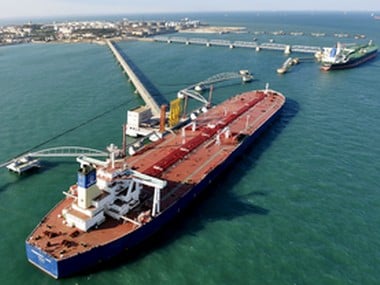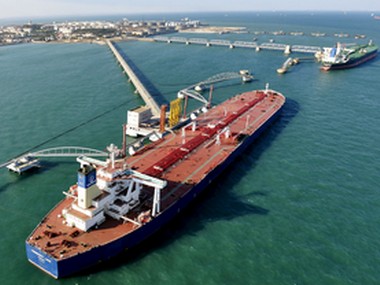New Delhi: India’s current account deficit (CAD) is expected to widen to 2.8 percent of the Gross Domestic Product (GDP) in this financial year, says a Nomura report. With rising oil prices, depreciating rupee and outflow of portfolio investments, there are concerns that CAD might rise in the current fiscal.
“Overall, we expect the current account deficit to widen to 2.8 per cent of GDP in FY19 from 1.9 percent in FY18,” the Japanese financial services major said.
It further said that “balance of payment (BOP) funding to remain a challenge in FY19 as the basic BOP (current account + net FDI) is negative and portfolio flows also remain negative”. [caption id=“attachment_2857738” align=“alignleft” width=“380”]  Import growth is likely to remain elevated in the near-term due to high oil prices. Reuters[/caption] CAD, which is the difference between the inflow and outflow of foreign exchange, jumped to $48.7 billion, or 1.9 percent of GDP, in 2017-18 fiscal. This was higher than $14.4 billion, or 0.6 per cent, CAD in 2016-17 fiscal. According to official figures India’s trade deficit, or the gap between exports and imports, in July widened to $18 billion, the most in more than five years. Trade shortfall puts pressure on the current account deficit (CAD), a key vulnerability for the economy. India’s exports rose by 14.32 percent to $25.77 billion in July, while imports during the month were valued at $43.79 billion. According to Nomura, the downside risks to exports remain due to a weaker global growth outlook though currency depreciation could provide some relief to exporters. On the other hand, import growth, is likely to remain elevated in the near-term due to high oil prices, though weak rupee and domestic slowdown will moderate imports in coming quarters. The rupee has been among the worst-performing currencies against the dollar so far this year and settled below the 70-mark for the first time in history on August 16 on strong demand for the US dollar amid ongoing Turkish crisis.


)
)
)
)
)
)
)
)
)



